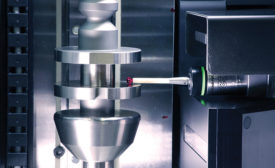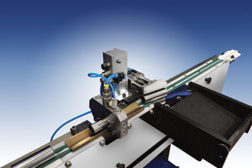Roger Zeoli
Roger Zeoli is manager of bench & machine gages at Marposs Corp. (Auburn Hills, MI). For more information, call (248) 370-0404, email [email protected] or visit www.marposs.com.
ARTICLES
Flexibility is the Name of the Game in Shaft Gaging
Today you have a lot of choices in terms of hardware, software and gaging technology.
March 1, 2017
Measurement
In-Line Gaging Systems Can Impact More Than Just Part Quality
Learn more about the world of in-line gaging.
January 3, 2013
Stay in the know with Quality’s comprehensive coverage of
the manufacturing and metrology industries.
eNewsletter | Website | eMagazine
JOIN TODAY!Copyright ©2024. All Rights Reserved BNP Media.
Design, CMS, Hosting & Web Development :: ePublishing


